#salmonids
Explore tagged Tumblr posts
Text

fuit aisle
#they got orange#splatpost#splatoon#splatoon 3#art#splatbands#salmonids#omega 3 splatoon#omega 3 cellist#omega 3 dj#shitpost
24 notes
·
View notes
Text

⚠️ HAZARD LEVEL MAX ⚠️
splatoon piece i specifically drew with prints in mind. it's been a long time since i've drawn something this big, and i feel pretty good about it... will eventually be selling this at cons and online, but it'll at least be up in my inprnt shop later tonight.
closeups:


#my art#fanart#splatoon#splatoon 3#splat3#salmon run#salmonid#salmonids#cohozuna#horrorboros#megalodontia#commissions open#artists on tumblr
2K notes
·
View notes
Text

Like, I know the "Salmonid scourge" note probably refers to all of the Grizzco workers due to their egg stealing but the image of Agent 4 being an absolute menace during shifts and becoming infamous in Salmonid Society is hilarious 🤣
1K notes
·
View notes
Text

🚧
💫💫 (Ref under the cut) + Salmon Here

#my art#emergency exit#salmonids#muse (oc)#I’ll probably post them again later when I finish the other two#splatoon
579 notes
·
View notes
Text


Quick PSA
Note: Drizzler itself isn't as important but the torpedo's are.
Of course it depends on the situation and weapons, but do your best to take them out. FYI taking out a single Flyfish basket does make them shoot less missiles so it helps a lot if you can't get both
#im shocked i dont have gold flyfish yet#splatoon 3#splatoon#salmon run#salmon run next wave#munch art#salmonids#big shot#drizzler#stinger#flyfish
4K notes
·
View notes
Text











In which Cress encounters some unwanted visitors.
-----
this is a comic idea that has been tormenting me since march, but in august I finally started to make it real. very self indulgent, i'd been wanting to have cress forced to Kill as a part of his story for many years now though. hehe
The events of this story take place before Big Runs have started. Cress has never worked at Grizzco. Why is he being targeted by Salmonids...? That is the mystery... lots of worldbuilding thought went into this btw. i am open to questions. *folds hands together*
credit to my pal @roachgore for helping out with: - layouts on a couple pages/panels that i Struggled to envision (this is one of the hardest parts of comics for me) - grayscaling on pages 7-9 - sfx text on 7 and 8 - all the blood. he wanted to do it of course
504 notes
·
View notes
Text


297 notes
·
View notes
Text

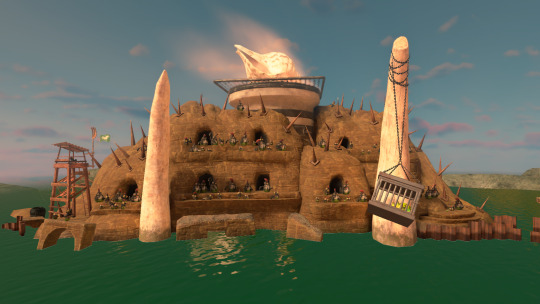

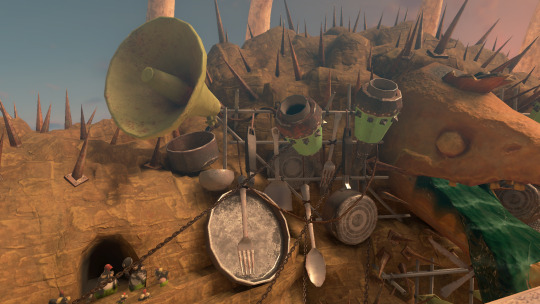
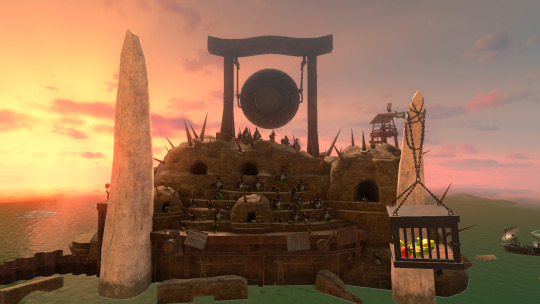



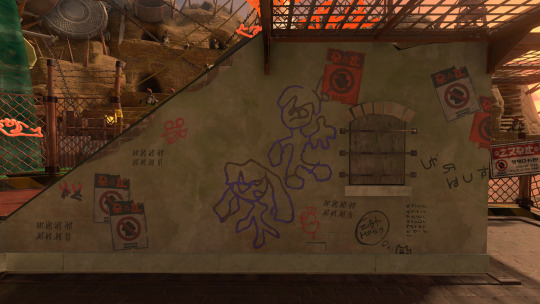


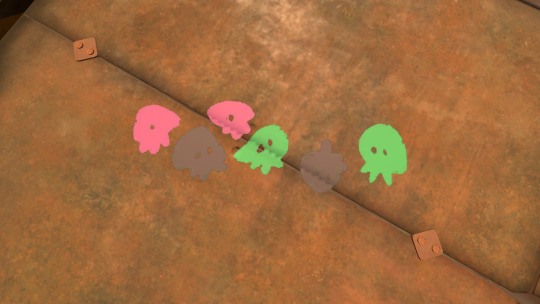


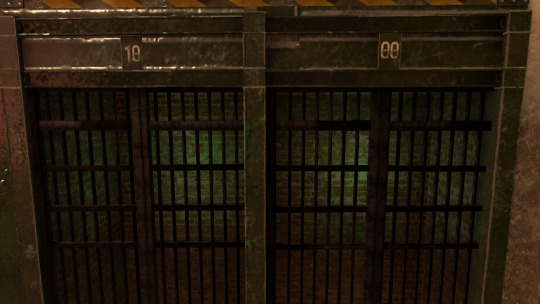
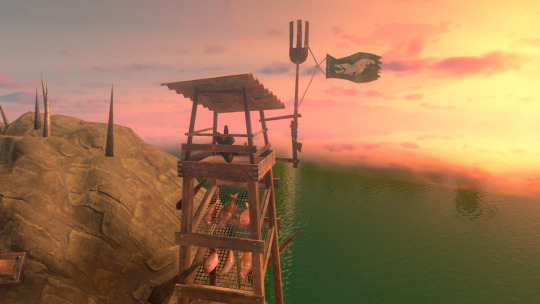
Bonerattle Arena
917 notes
·
View notes
Text
YOU'RE LISTENING TO [Horrorboros scream] ω2.3 SALMONID FM! WHERE WE PLAY NOTHING BUT SALMON [Skillets clanging] SALMON [Cartoonish garbling noises] AND MORE SALMON! [Salmon frying noises] THIS AIN'T YOUR INKLING'S STATION! [Now or Never by Squid Squad starts playing]
2K notes
·
View notes
Text
Uncharismatic Fact of the Day
Want to slam some salmon? Try the Siberian taimen! They are the largest species of salmonid in the world, with adults weighing up to 30 kg (66 lb) and reaching 180 cm (71 in) in length! Unlike other salmonid species, they are not anadromous, meaning they don't migrate; instead they spend their whole lives in the flowing rivers of central Asia.

ALT
(Image: A Siberian taimen (Hucho taimen) by Clemens Ratschan
#Siberian salmon#Salmoniformes#Salmonidae#taimens#salmonids#ray-finned fish#bony fish#fish#uncharismatic facts#full disclosure: this species is threatened due to overfishing. so maybe don't slam this particular salmon
93 notes
·
View notes
Text
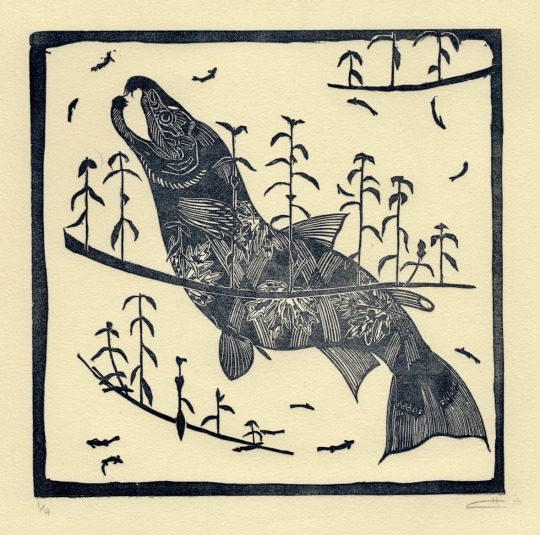
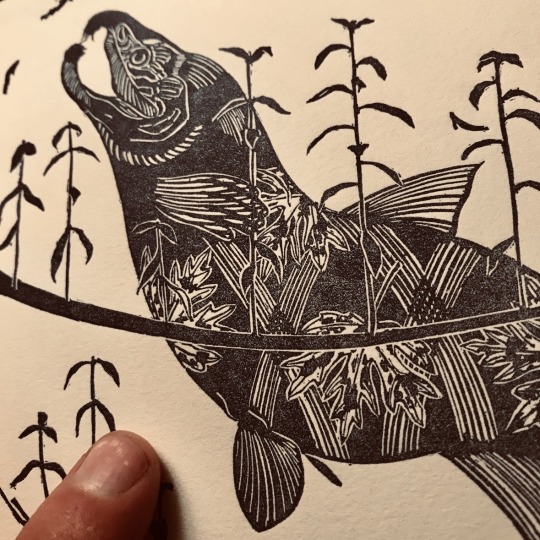
#forourriver#art#california#nature#bay area#mendocino#printmaking#sonoma#ink#illustration#mokuhanga#linocut#linoleum print#salmon#salmonids#salixlasiolepis#willow#fish
1K notes
·
View notes
Text

A giant tornado! 🌪️
My piece for @grizzcozine!
#my art#artists on tumblr#splatoon#splatoonsalmonrun#splatoon 3#salmon run#splatoon oc#salmonids#this was so fun to drawww#still one of my favourites
83 notes
·
View notes
Text

Saw they had a salmonid page from the recent official previews of the new art book, I had to draw it.......... they looked so happy, I hope they all enjoyed their meal of baby shrimp things
#megalodontia#splatoon 3#splatoon#salmon run#salmon run next wave#salmonids#salmon run splatoon#loafbud#fanart#my art#loafbud art
493 notes
·
View notes
Text
my favorite things about salmonids is their naming conventions because you could have a salmonid named Steel Warrior of Blood and Visera and it'd look like this

1K notes
·
View notes
Text

942 notes
·
View notes
Note
Happy Salmontines Day

everyone remember to kiss your favourite salmonid today
75 notes
·
View notes